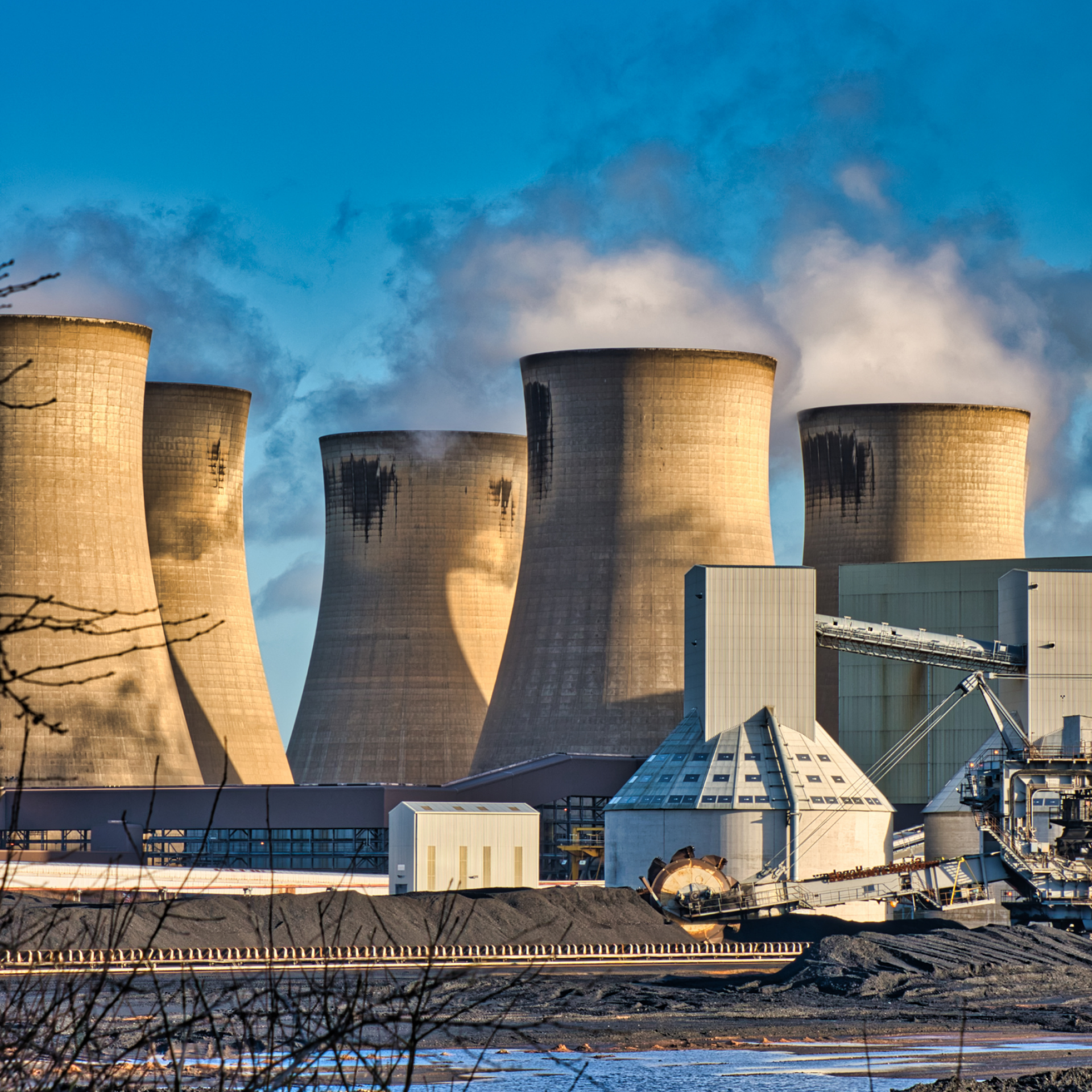
Breadcrumbs
The Drax gas plant is dead
Drax has reportedly dropped its plans for an enormous new gas plant – but many other developers are still hunting for government subsidies to build theirs.
Explainer: What is the capacity market?
The UK Government introduced the Capacity Market to reduce the risk of future electricity blackouts – for example, during periods of low wind and high demand. The Capacity Market makes payments to reliable capacity to ensure that enough is available at times of system stress. The payments encourage investment in new capacity and provide an incentive for existing capacity to remain open.
Capacity Market payments are supplementary to other sources of revenue such as electricity sales. Competitive auctions are held to determine which combination of new and existing capacity will meet the system requirement at the lowest cost to consumers. Nearly all of the required capacity for a specific year is procured at auction four years in advance – this allows sufficient time to build any new capacity required. These auctions are referred to as “T-4” auctions.
This year’s T-4 Capacity Market Auction will be held on the 9th March 2021, capacity will be procured for the period October 2024 to September 2025.




